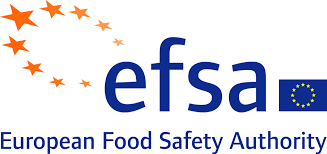Document type: article published in the EFSA Journal
Authors: Julio Alvarez, Dominique Joseph Bicout, Paolo Calistri, Klaus Depner, Julian Ashley Drewe, Bruno Garin-Bastuji, Jose Luis Gonzales Rojas, Christian Gortázar Schmidt, Virginie Michel, Miguel Ángel Miranda Chueca, Søren Saxmose Nielsen, Helen Clare Roberts, Liisa Helena Sihvonen, Hans Spoolder, Karl Stahl, Antonio Velarde, Arvo Viltrop and Christoph Winckler.
Preview: Pigs at different stages of the production cycle may have to be killed on-farm for purposes other than slaughter (where slaughter is defined as killing for human consumption) either individually (e.g. severely injured pigs) or on a large scale (e.g. unproductive animals or for disease control reasons). This opinion assessed the risks associated with the on-farm killing of pigs and included two phases: 1) handling and moving of pigs and 2) killing methods (including restraint). The killing methods were subdivided into four categories: electrical methods, mechanical methods, gas mixture methods and lethal injection. Four welfare consequences to which pigs can be exposed to during on-farm killing were identified: pain, fear, impeded movement and respiratory distress. Welfare consequences and relevant animal-based measures were described. In total, 28 hazards were associated with the welfare consequences; majority of the hazards (24) are related to Phase 2 (killing). The main hazards are associated with lack of staff skills and training, and poor-designed and constructed facilities. Staff was identified as an origin of all hazards, either due to lack of skills needed to perform appropriate killing or due to fatigue. Corrective measures were identified for 25 hazards. Outcome tables linking hazards, welfare consequences, animal-based measures, hazard origins, preventive and corrective measures were developed and mitigation measures proposed.




